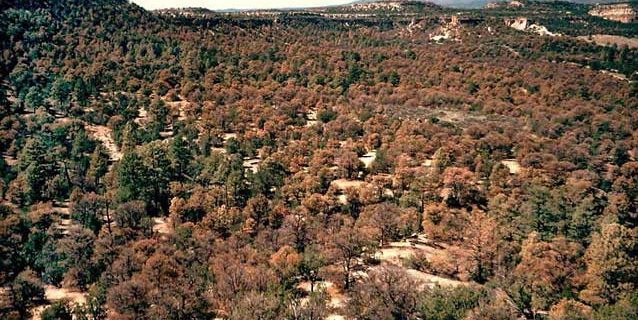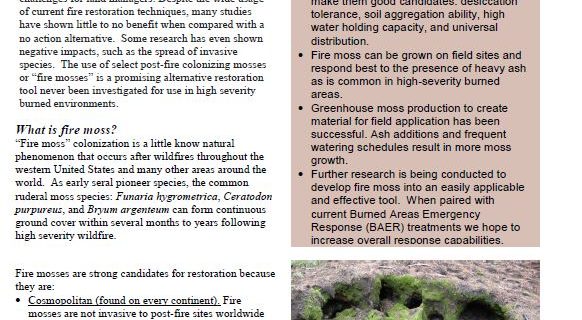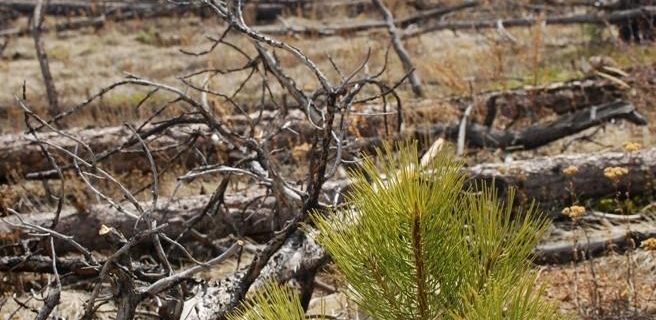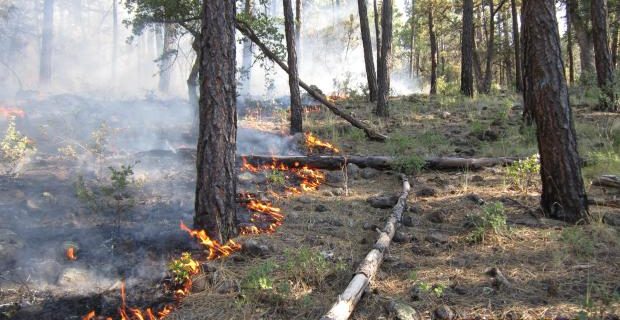March 1, 2017: Fuels treatments and ecological values in piñon-juniper woodlands: Vegetation, birds, and modeled fire behavior
Date: March 1, 2017, 12pm MST Presenter: Jonathan Coop and Pat Magee Mastication and hand-thinning treatments are increasingly utilized by land managers as a means of reducing tree cover for fire hazard mitigation and other habitat objectives in piñon-juniper (P-J) woodlands. However, the effects of these treatments on ecological processes including fire, and on a wide …
